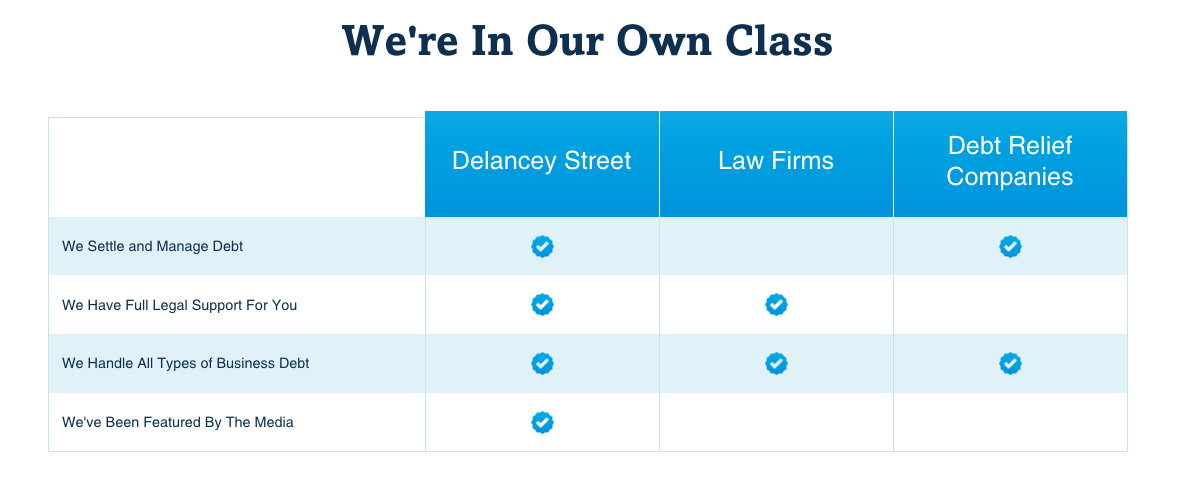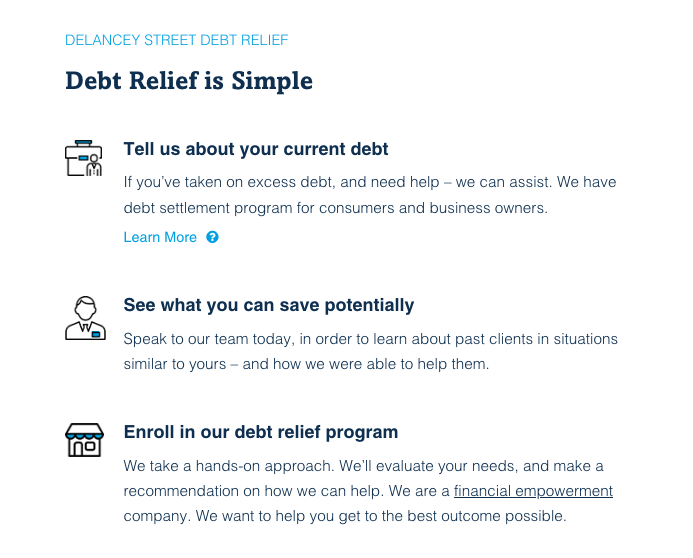Chapter 13 Bankruptcy Calculator
In the labyrinthine corridors of financial instability and unmanageable debts, Chapter 13 bankruptcy often emerges as a beacon of hope for many. However, navigating the complex stipulations and repayment structures of Chapter 13 can be daunting. To alleviate this stress, a Chapter 13 bankruptcy calculator becomes an indispensable tool. In this article, you will gain a deeper understanding of Chapter 13 bankruptcy, the significance of the calculator, and the nuances of its operation. By the end of your read, you should be well-equipped to utilize this tool effectively and interpret its results with confidence.
Understanding Chapter 13 Bankruptcy
Chapter 13 bankruptcy, often termed a "wage earner’s plan," provides individuals with a mechanism to restructure their overwhelming debts. Unlike Chapter 7, which calls for asset liquidation, Chapter 13 allows you to develop a repayment plan over three to five years. During this period, creditors agree to receive payments from your future income. The goal here is to enable you to keep your property and repay your obligations in a more manageable manner. It’s a legal strategy designed to give you a fresh financial start without losing your prized possessions.
 -
-Typically, you’ll propose a plan to repay creditors in installments, covering a range deeply embedded with legal nuances. Some of your debts may be partially forgiven, while others could be stretched to more extended terms with reduced interest rates. This complexity underscores the importance of diving deep into the specifics of your situation. Essentially, Chapter 13 offers a customized approach, taking into account your income, expenses, and overall debt obligations to ensure a balanced and sustainable repayment strategy.
Now, let’s touch upon an often-overlooked but critical aspect: eligibility. Not everyone qualifies for Chapter 13. Your secured and unsecured debts need to fall below specific thresholds, and you must demonstrate a stable income to make regular payments. Eligibility factors should never be underestimated because they form the gatekeepers to this repayment haven. Similarly, understanding the scope and limits of the process can also help you align your expectations realistically.
An exhaustive understanding of Chapter 13 bankruptcy forms the cornerstone of any subsequent action. By grasping its mechanics, you will gain the confidence necessary to navigate the intricate financial waters effectively, making the next steps more manageable and less overwhelming.
Importance of a Bankruptcy Calculator
In the comprehensive yet intricate journey of Chapter 13 bankruptcy, the Bankruptcy Calculator holds a pivotal role. It serves as a preliminary diagnostic tool that helps you ascertain your potential repayment plan even before you involve legal counsel. This immediate visibility can be empowering, helping you take the first active steps toward financial rehabilitation. With just a few vital inputs, you can develop a snapshot of your financial future under Chapter 13, which is invaluable when making such a consequential decision.
 -
-Using a bankruptcy calculator provides a dual benefit. Firstly, it promotes a sense of direction by elucidating intricate aspects of your repayment plan. Secondly, it injects a layer of transparency and predictability into a process often clouded by abstract legal jargon and uncertainty. A proper bankruptcy calculator guides you to understand the scope of your repayments clearly, offering a way to assess feasibility and sustainability before committing to a formal plan.
Financial calculations related to bankruptcy can be exceptionally complicated and draining to undertake manually. Factors like necessary living expenses, secured and unsecured debts, and income adjustments can create a complex arithmetic labyrinth. A calculator automates these computations, dramatically reducing the possibility of human error and granting you peace of mind. This automation also frees you up to focus on other critical aspects, such as gathering the requisite documentation and planning your financial recovery.
Most importantly, a bankruptcy calculator empowers you with actionable insights. It transitions you from a state of uncertainty and helplessness to one of proactive planning and informed decision-making. Knowing how a proposed payment plan will affect your financial health can profoundly influence your strategy moving forward. This sense of control and foresight is irreplaceable when dealing with the complexities of Chapter 13 bankruptcy.
How to Use a Chapter 13 Calculator
Embarking on the process of using a Chapter 13 bankruptcy calculator is relatively straightforward. Your first step often involves gathering all necessary financial data. This data includes your total income, monthly expenses, secured and unsecured debts, and any other obligations you are responsible for. The accuracy of these initial inputs is crucial; erroneous data can lead to misleading outputs that could derail your financial planning.
Once you have gathered all the needed information, input these figures into the respective fields of the calculator. Typically, you will start with your gross income and then proceed to list your monthly expenses. Make sure to account for essentials like rent or mortgage, utility bills, groceries, insurance, and medical costs. Your next step will involve detailing your debts—encompassing not only secured debts like vehicle loans or mortgages but also unsecured debts such as credit card balances or personal loans.
 -
-Many bankruptcy calculators will also ask for details about any past-due arrears you may have. This step is vital as these arrears can significantly influence the dynamics of your repayment plan. Subsequently, the calculator may request additional details regarding your disposable income and any special circumstances that might affect your budget. Lastly, submit this data to generate an estimated repayment plan.
Although the calculator’s output is only an estimate and subject to change based on judicial rulings and creditor negotiations, it serves as a robust starting point. It outlines your financial commitments under the proposed Chapter 13 plan, giving you a clear idea of what to expect in terms of monthly payments and overall financial obligations. Equipped with this preliminary assessment, your next step should always involve consulting with a qualified bankruptcy attorney to fine-tune and formalize your repayment strategy.
Key Inputs for Accurate Calculations
When using a Chapter 13 Bankruptcy Calculator, precision is paramount. One of the fundamental inputs is your gross and net income. This comprises all sources such as wages, bonuses, alimony, and other forms of income. Accurate income reporting ensures the calculated repayment plan aligns closely with your actual financial capacity. Any variances here can cause significant discrepancies, making it essential to be truthful and meticulous in documenting your earnings.
 -
-Another crucial component involves detailing your monthly expenses. This is not merely a rough estimate but rather an itemized list of expenditures that cover essentials and discretionary spending. This includes fixed costs like your rent or mortgage, utilities, groceries, and insurance premiums. Another layer involves variable costs that may fluctuate monthly, such as entertainment, dining out, and miscellaneous expenses. The more comprehensive your expense listing, the more accurate and realistic your repayment plan will be.
Also critical are your secured and unsecured debts. Secured debts typically include mortgages and car loans, where the loan is tied to an asset. Conversely, unsecured debts such as credit card balances, medical bills, and personal loans do not have collateral backing. Any inaccuracies or omissions here can severely jeopardize the calculator’s outputs, leading to faulty repayment schedules and potentially exacerbating your financial woes.
Lastly, don’t overlook arrears and special circumstances. Arrears might include past-due amounts on utilities, taxes, or child support, which can affect your disposable income and, consequently, your repayment plan. Special circumstances address unique financial burdens or obligations not typically classified under regular expenses. Such details ensure a holistic and realistic view of your financial landscape, enabling the calculator to provide the most accurate estimation possible.
Common Mistakes to Avoid
It’s easy to make errors when navigating Chapter 13 bankruptcy; hence, being aware of common pitfalls could save you significant stress. One prevalent mistake is underreporting or overreporting your income. This isn’t just about a few missed dollars; it can sway your repayment plan considerably. Ensure you include all income sources and double-check figures to mitigate this issue. Remember, inaccuracies can lead to misleading results and incorrect payment projections.
Another frequent error is misclassifying your debts. Confusing secured debts with unsecured ones can create significant complications. Secured debts are typically prioritized in repayment plans because they’re tied to assets, and misclassification might lead to an unrealistic repayment schedule. Clearly distinguishing between these categories is crucial for the accuracy of your Chapter 13 calculator’s results.
A commonly overlooked aspect is forgetting to account for variable expenses. While fixed costs are relatively easy to list, variable next-to-predictable outlays can often be neglected. Failing to accurately report these expenses could create a skewed view of your financial commitments, ultimately leading to repayment plans that you cannot realistically uphold. Make it a point to list both fixed and variable expenses thoroughly, erring on the side of over-reporting if necessary.
Finally, another easily avoidable mistake is neglecting to update the calculator inputs as your financial situation changes. Your income, expenses, and debt obligations can fluctuate, and it’s paramount to reflect these changes accurately in your calculations. Regularly updating your inputs ensures that you remain on course with a feasible and manageable repayment plan. This ongoing adjustment helps keep your financial recovery aligned with real-time circumstances, maintaining the plan’s viability and effectiveness.
Interpreting Your Chapter 13 Results
Once you’ve entered all the data and submitted it in the Chapter 13 bankruptcy calculator, you’ll receive results that outline your prospective repayment plan. Interpreting these results requires a meticulous approach. At the core, you’ll see a breakdown of monthly payments you are expected to make over the plan’s duration. This breakdown helps you understand your financial commitments, delineating between payments for secured and unsecured debts, arrears, and administrative fees.
Additionally, results often include a percentage of total debt repayment. This figure illustrates how much of your debt will be paid off by the end of the Chapter 13 period. It’s crucial to affirm that this percentage aligns with your ability to make the payments while maintaining necessary living expenses. If the calculation seems unmanageable, it might be necessary to re-evaluate or seek expert financial advice.
Scenario planning can also add depth to your understanding. For instance, how would an increase or decrease in income impact your repayment plan? Would a sudden large expense disrupt your financial commitments, or is there enough latitude in your budget to accommodate such surprises? Running what-if scenarios can help you anticipate potential challenges and plan accordingly. This foresight is invaluable in ensuring that your repayment plan remains viable over its tenure.
Table: Chapter 13 Results Summary
| Aspect | Value |
|---|---|
| Monthly Payments | $X,XXX |
| Secured Debt Payments | $XXX |
| Unsecured Debt Payments | $XXX |
| Repayment Plan Duration | 3-5 Years |
| Total Debt Repaid | X% |
| Administrative Fees | $XX |
This table can be a handy reference point, allowing you to jot down essential details and see a summarized version of your repayment obligations. Utilize this summary to cross-verify with your financial advisor for pinpoint accuracy and a realistic roadmap for debt repayment.
Understanding the dynamics of Chapter 13 bankruptcy through a robust calculator can equip you with critical insights, easing the path toward financial recovery. Embrace this tool’s capabilities to streamline what often feels like an overwhelming process. Remember that while the calculator offers an initial guide, professional legal counsel remains indispensable for tailoring a plan to your unique situation. Armed with knowledge and calculated foresight, you’re now better prepared to navigate the intricate journey of Chapter 13 bankruptcy with confidence and clarity.







